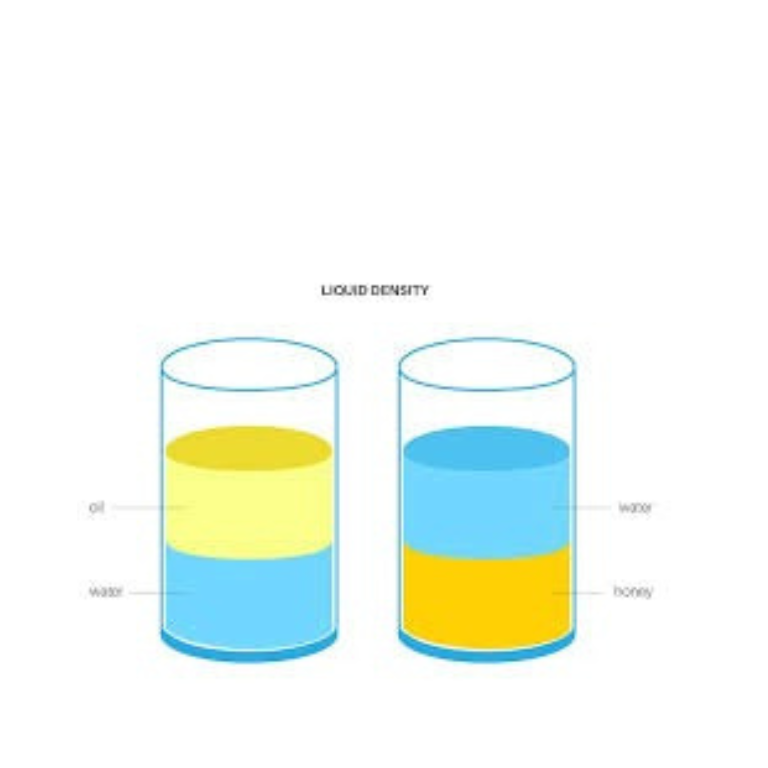Flame Test Experiment
Observe how different metal ions produce characteristic flame colors when heated. This technique is used in chemistry to identify metal ions in unknown compounds.
Select a metal ion from the dropdown and click "Test Selected Metal" to observe its characteristic flame color.
The Science Behind Flame Tests
Flame tests work because heat excites the electrons in metal ions to higher energy levels. When these electrons return to their ground state, they emit light of specific wavelengths (colors):
- Sodium (Na⁺): Intense yellow flame (589 nm)
- Potassium (K⁺): Lilac/purple flame (766 nm, 404 nm)
- Calcium (Ca²⁺): Brick red flame (622 nm)
- Copper (Cu²⁺): Blue-green flame (505 nm)
- Barium (Ba²⁺): Apple green flame (524 nm)
- Strontium (Sr²⁺): Crimson red flame (606 nm)
- Lithium (Li⁺): Carmine red flame (670 nm)
1. The heat from the flame provides energy to excite electrons to higher orbitals
2. When electrons fall back to lower energy levels, they emit photons
3. The wavelength (color) of emitted light is characteristic for each element
4. This is an example of atomic emission spectroscopy


